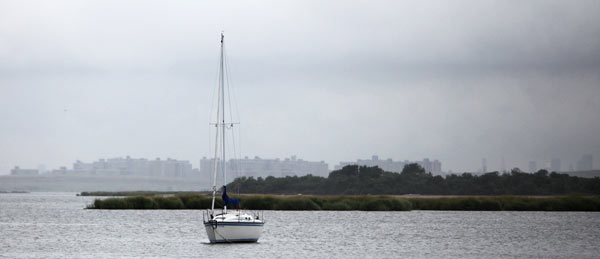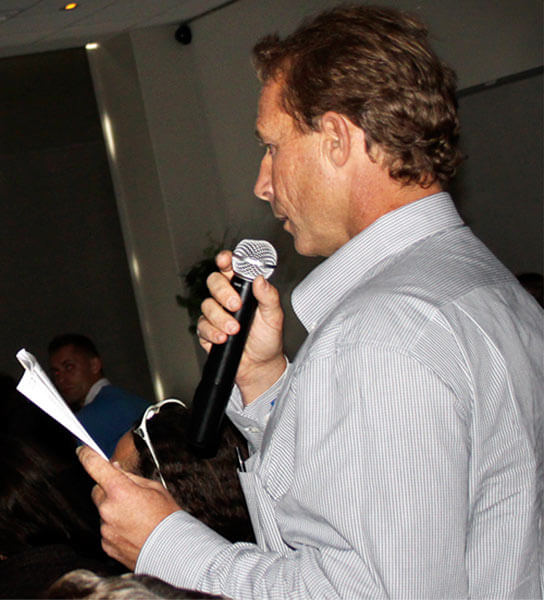By Ivan Pereira
Ecological experts from around the world joined Jamaica Bay advocates last Thursday to come up with ideas to save the borough’s largest ecosystem from being erased off the map.
A special symposium created by the federal National Park Service, the city Department of Environmental Protection and other groups was held at Brooklyn College to discuss the situation at the bay, which has been losing a large amount of its marshland for many decades. The marsh deterioration has not only taken the greenspace out of the land, but it has also affected the dozens of fauna and flora that thrive there.
Ecologist Denise Reed, who works at the University of New Orleans and gave the keynote speech at the event, said bad economic times and political uncertainty have made it hard to push for resources to save ecosystems, but with careful planning and outreach Jamaica Bay could be saved.
“The key thing here is that it is not a one-size-fits-all problem, so it’s not a one-size-fits-all solution,” she said.
The 30-square-mile bay has lost 70 percent of its marshes due a large amount of nitrogen in the water. Four city wastewater plants around the bay have been discharging the nitrogen into the water and the chemical element has been killing the marshes from the roots, according to experts.
Reed, who has been studying the Louisiana ecosystem for years, said in her experience the best way to improve Jamaica Bay is to study every inch of it so scientists can understand how severe the problem is.
“What we can do is provide people with an analytical look at things,” she said.
Eric Sanderson, a senior conservation ecologist for the nonprofit Wildlife Conservation Society, has such a plan in the works called “Welikia” (pronounced WAY-lee-ki-a) from the North American Indian language Lenape meaning “my good home.” The massive study will provide detailed information with images, maps and anecdotes of all five boroughs before European settlers came and developed the greenland.
Sanderson said such a study could shed new light on what the bay’s natural state should be.
“There really are no maps of Jamaica Bay before [settlers came],” he said.
The city has stepped up its efforts to preserve the marshland and pledged $100 million over the next nine years to upgrade the wastewater plants so they discharge less nitrogen. DEP is also working on other ways to clean up the bay, including the planting of eelgrass and oysters that will oxidize the water and provide support to the 400 species of fish, birds and other animals that call the ecosystem home.
The U.S. Army Corps of Engineers and the state Department of Environmental Conservation have also done restoration programs and planted new marshland.
Dan Mundy Jr., a member of the Jamaica Bay Ecowatchers and lifelong Broad Channel resident, said the experts should make sure no future development or plans interfere with the state of the bay.
He noted that the Port Authority is already mulling an expansion of John F. Kennedy International Airport and that could encroach on the sensitive parts of the marshland.
“You can’t look at Jamaica Bay as a sustainable location without addressing these threats,” he said.
Reach reporter Ivan Pereira by e-mail at ipereira@cnglocal.com or by phone at 718-260-4546.




































